Textile
Refers to fabrics that use certain fibers and are woven in a certain way. Among all fabrics, textiles have the most variety and are the most widely used. Depending on the fiber composition and weaving method, the texture characteristics of textile fabrics are also different.
Hessian fabric
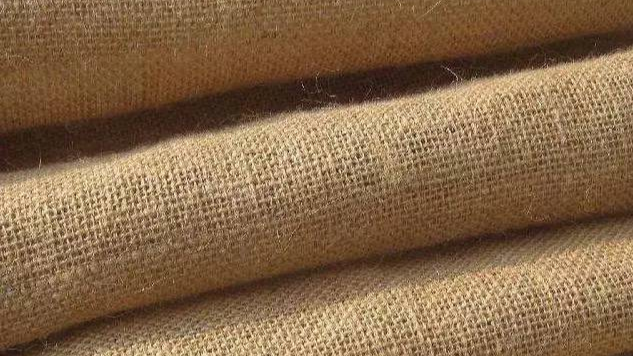
Any fabric using linen yarn as raw material is called linen fabric. Linen fabric is breathable, cool and relatively strong, but has poor wrinkle resistance. Since hemp fiber is difficult to arrange evenly, the surface texture of this type of fabric is rough and not smooth, giving it a simple, rough appearance and style.
Advantages
Moisture-absorbing and sweat-resistant, high strength; stiff (strong three-dimensional effect,);
soft gloss; insect-resistant and acid-resistant;
Disadvantages
Poor elasticity, slightly rough feel (rough style);
Poor cohesion; prone to mildew, wrinkles, and shrinkage;
Cotton fabric
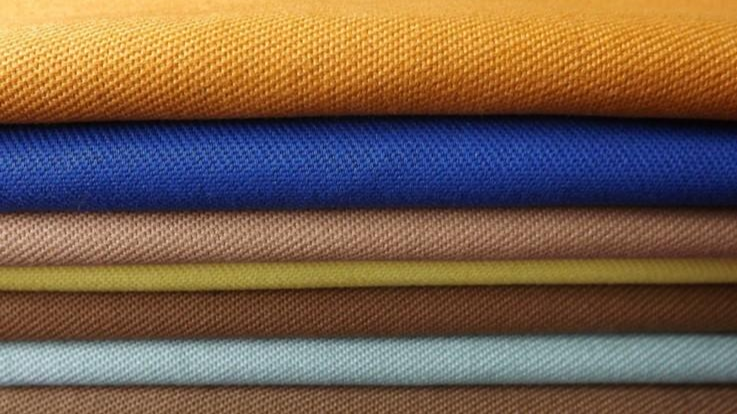
Anything that uses cotton yarn as raw material The fabrics are all called cotton fabrics. Its characteristics are relatively soft and comfortable, strong warmth retention, good hygroscopicity and breathability, but poor wrinkle resistance. Cotton fabrics are earthy in style.
Advantages
Breathable and sweat-absorbent, comfortable and soft; good warmth retention,
antistatic; strong alkali resistance, good dyeability; anti-moth;
Disadvantages
Poor elasticity, easy to shrink; easy to fade, easy to mold;
Poor acid resistance; easy to wrinkle;
Silk fabric

It is divided into domestic silk (mulberry silk) and wild silk ( Tussah silk, etc.), all fabrics woven with silk activated chemical fiber filaments are silk fabrics, which are characterized by being relatively light and thin, with good drape, soft and elegant appearance, graceful and luxurious, relaxed and elegant, and have been made of high-end products since ancient times. Ideal fabric for clothing.
Advantages
Bright and shiny color; soft and smooth texture;
High hygroscopicity, good elasticity; good drape, acid resistance;
Disadvantages
Easy to wrinkle and snag;
Afraid of sun exposure and easy to snagging Insect-eaten; intolerant to alkali;
Wool fabric
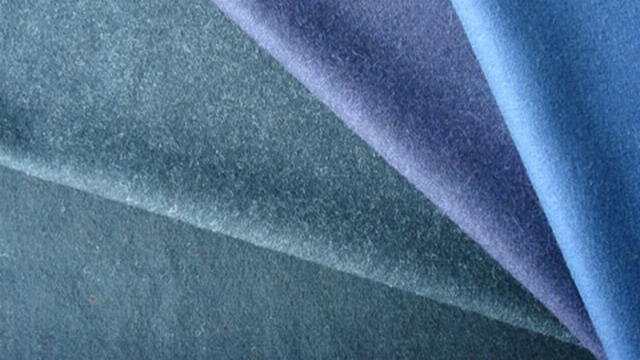
All fabrics made of wool or other animal hair are wool fabrics, which are characterized by warmth powerful.
Advantages
Warm and breathable; soft and elastic;
Strong acid resistance; good gloss;
Disadvantages
Easy to shrink and deform;
Not resistant to alkali and wear; prone to insects
p>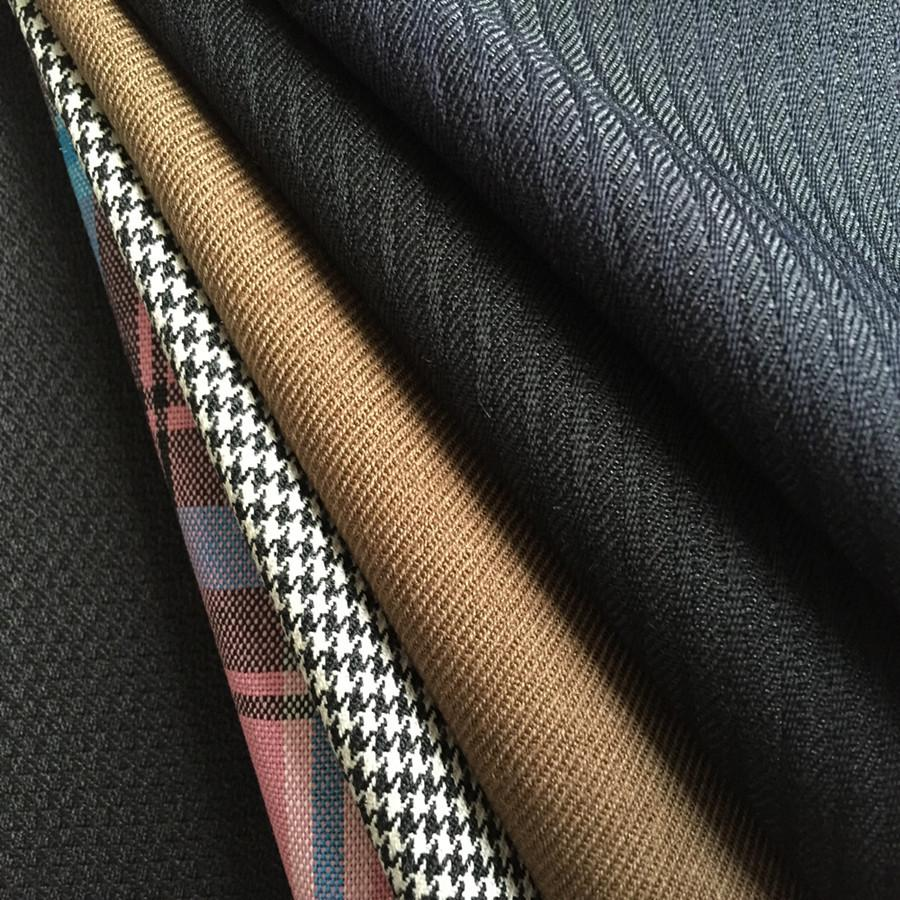
Worsted woolen
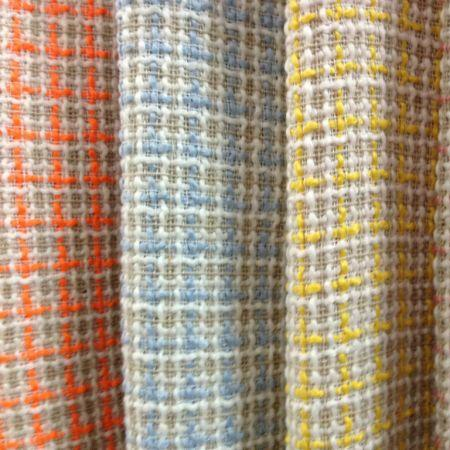
Wool woolen fabric
Common pure wool raw materials
Sheep wool
In the weaving industry, due to the The largest amount of wool is used, so “wool” has become the abbreviation of sheep wool.
Goat hair (mohair):
Goat hair is Refers to the coarse and dead hair that is cut off from goat hair. The Zhongwei goat hair in northwest my country also belongs to the mohair category.
Alpaca wool (ALPACA) is also called “alpaca wool”
The fiber is 20-40 cm long and comes in white, brown, gray, black and other colors. Because 90% is produced in Peru, it is also called “Peruvian wool”. It has two varieties, one has curly fibers and has a silver luster, the other has straight fibers with less curl and a luster similar to mohair.
Rabbit fur
Rabbit fur is light, fine and It is popular among people because of its softness, strong warmth retention and low price. It is composed of soft down and coarse hair, mainly including ordinary rabbit and Angora rabbit hair, with the latter having the best quality. The difference between rabbit hair and wool is that the fiber is slender and the surface is particularly smooth, making it easy to identify.
Chemical fiber fabric
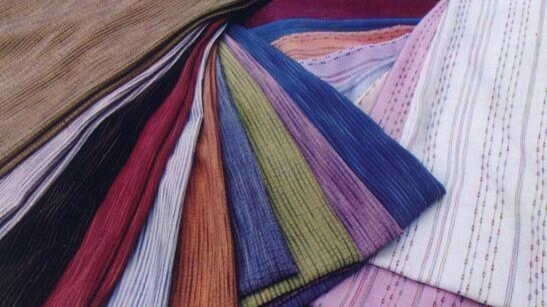
All fabrics woven with chemical fibers become chemical fiber fabrics, which are generally stronger, more elastic, stiff (gua), and not easy to It has the advantages of deformation, easy washing and drying, not afraid of insects, not afraid of mildew, etc., but it has poor breathability, hygroscopicity and softness.
[Polyester, chiffon, nylon (the world’s earliest chemical fibers)]
Fur
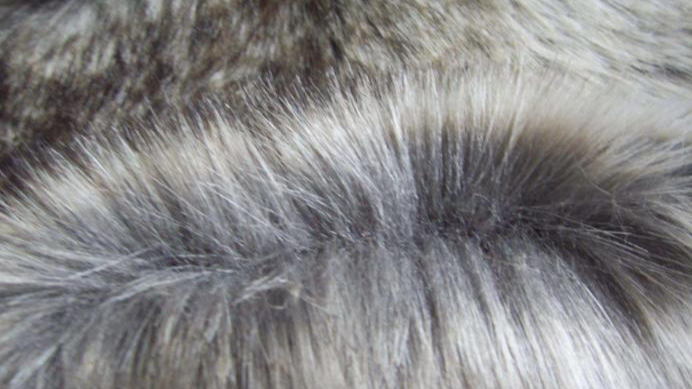
Fur only with fur animal skin. Animal fur is naturally produced, and most of it shows natural and beautiful patterns, and has the unique luster of animal hair. Therefore, it has a handsome appearance, luxury, nobility, and elegance, and is a high-end fabric.
(leopard print, fox, mink)
Leather
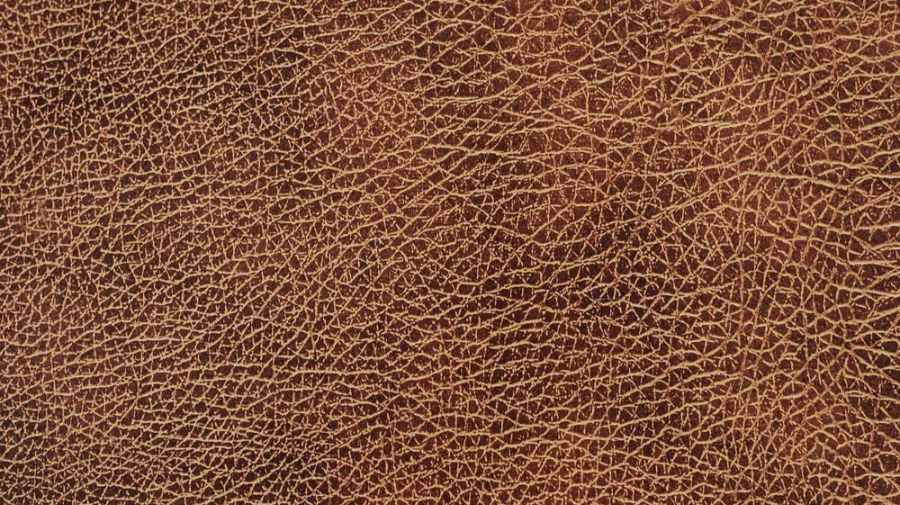
Leather refers to animal hides that have been shaved and tanned. , also includes artificial leather. Only animal skins with short-sighted skin flaps can be used to make leather, so the only common ones are sheepskin, cowhide, and pigskin. Leather is generally stiff, soft, elastic, and has a rough and unrestrained style.







